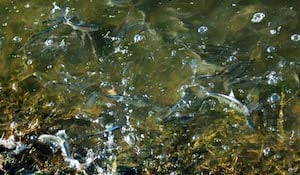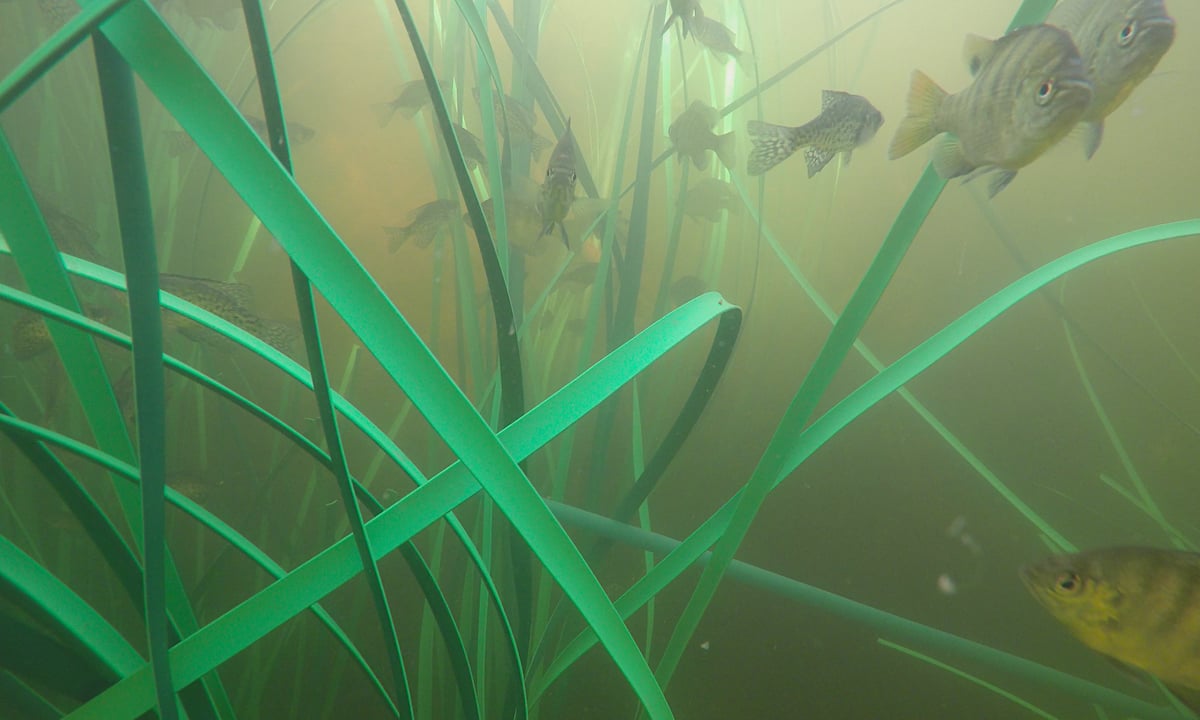Other Methods for Assessing Your Fish Population
Dedicated pond and lake owners know it takes more than having water with fish in it to have a thriving aquatic ecosystem. A key aspect of pond management is assessing your fish population.
What is the Importance of a Fish Assessment for a Pond?
Fish assessments are highly recommended to get an idea how your fishery is doing. Good pond management requires making good decisions at the right times to yield successful results.
To make informed decisions about what your fishery needs, at the very least, you need to know:
- Which species are in your pond?
- How healthy are those fish?
- What is the ratio of game to bait fish?
While visual observation is the easiest method for evaluating the fish population in your pond or lake, it is also the least reliable for several reasons.
- All of your data will be estimated and skewed by the distortion of viewing the subjects through the water.
- There is no way to know what percent of the population you are viewing.
- You cannot tell which subjects you have already recorded.
What Methods are Recommended for Accurate Pond Assessment?
There are several other methods of observation that we featured in "Monitor the Forage Population in Your Fishery."
While that post focuses on forage fish, you can use the same techniques to assess all fish species in your lake.
Of all the different methods, the most accurate is an electrofishing survey.
What is an Electrofishing Survey?
During an electrofishing survey, the fish are stunned using low electrical current levels.
Then, Pond King biologists work quickly to measure and count the fish, taking small samples from all across your pond or lake. The biologists record and then analyze the data to prepare comprehensive, custom reports to evaluate the health of the lake, and help you reach your fishery goals.

Look for Fish in the Shallows During Spring
Fish are most active in shallow water during the spring months when the water temperature is around 60 degrees. The fish will be visible as they are getting ready to spawn and are in the shallows for an extended period.
Beware: even though you can visually observe the fish at this time, it is not a reliable way to assess the population.
The next time you are down at the pond, and you don't see any activity in the water, don't worry! Unless you see carcasses along your shoreline; your fish are there.
They're probably just too deep for you to see them.
Contact Pond King for Fish Assessment and Electrofishing Surveys
If you have any questions or want to learn more about electrofishing surveys, call or contact our fisheries biologists We'll be glad to help you out!
See y'all down at the pond!






